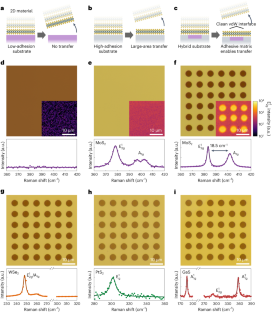2023-12-11 パシフィック・ノースウェスト国立研究所(PNNL)
◆これは太陽光も風も不安定であることから、これらの両方が同時に消失する状態を指し、一部の地域では約1週間も続く可能性があるとしています。この現象が再生可能エネルギーに強く依存した場合、電力グリッドに重大な影響を与える可能性があります。これに備え、エネルギードラウトが発生する予測が必要であり、これにより異なるエネルギー源からの電力を取り込む準備ができます。
◆研究者は40年以上にわたる米国の気象データを調査し、太陽光および風力発電所が運用されている地域でのエネルギードラウトの発生頻度や期間を詳細に分析しました。これにより、エネルギードラウトのリスクを理解し、電力需要が供給を上回る可能性がある時期に備える手助けになるとしています。
<関連情報>
- https://www.pnnl.gov/news-media/energy-droughts-wind-and-solar-can-last-nearly-week-research-shows
- https://www.sciencedirect.com/science/article/pii/S0960148123014659
米国大陸における過去の風力と太陽エネルギーの複合干ばつの標準ベンチマーク Standardized benchmark of historical compound wind and solar energy droughts across the Continental United States
Cameron Bracken, Nathalie Voisin, Casey D. Burleyson, Allison M. Campbell, Z. Jason Hou, Daniel Broman
Renewable Energy Available online: 31 October 2023
DOI:https://doi.org/10.1016/j.renene.2023.119550
Highlights
•Compound wind and solar energy droughts are analyzed at grid relevant scales
•A metric for comparing the magnitude of compound energy droughts is developed
•The longest compound droughts can last up to 37 continuous hours or 6 straight days
•The longest hourly and daily droughts occur in Texas and California, respectively
•Compound energy drought are partially connected with peak load events
Abstract
As we move towards a decarbonized grid, reliance on weather-dependent energy increases as does exposure to prolonged natural resource shortages known as energy droughts. Compound energy droughts occur when two or more predominant renewable energy sources simultaneously are in drought conditions. In this study we present a methodology and dataset for examining compound wind and solar energy droughts as well as the first standardized benchmark of energy droughts across the Continental United States (CONUS) for a 2020 infrastructure. Using a recently developed dataset of simulated hourly plant level generation which includes thousands of wind and solar plants, we examine the frequency, duration, magnitude, and seasonality of energy droughts at a variety of temporal and spatial scales. Results are presented for 15 Balancing Authorities (BAs), regions of the U.S. power grid where wind and solar are must-take resources by the power grid and must be balanced. Compound wind and solar droughts are shown to have distinct spatial and temporal patterns across the CONUS. BA-level load is also included in the drought analysis to quantify events where high load is coincident with wind and solar droughts. We find that energy drought characteristics are regional and the longest droughts can last from 16 to 37 continuous hours, and up to 6 days. The longest hourly energy droughts occur in Texas while the longest daily droughts occur in California. Compound energy drought events that include load are more severe on average compared to events that involve only wind and solar. In addition, we find that compound high load events occur more often during compound wind and solar droughts that would be expected due to chance. The insights obtained from these findings and the summarized characteristics of energy drought provide valuable guidance on grid planning and storage sizing at the regional scale.
Graphical abstract




